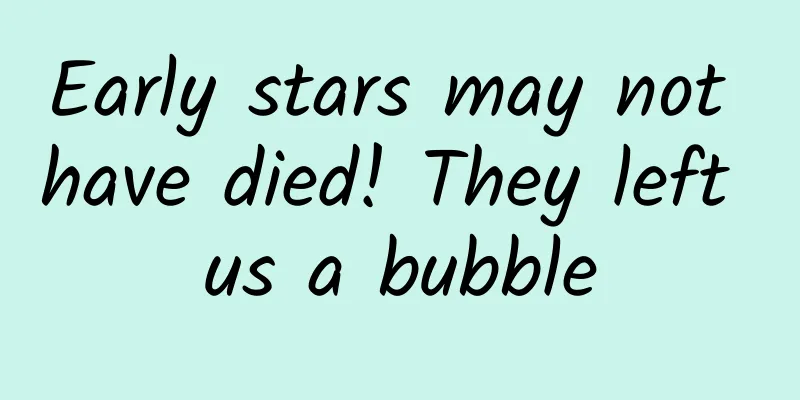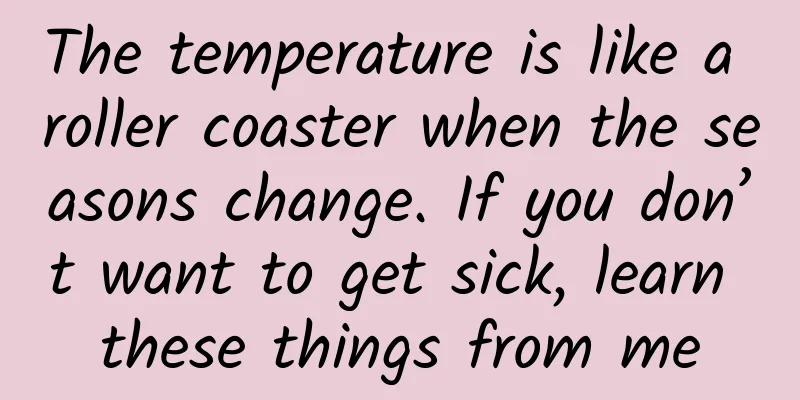Do edamame taste better when cut? I didn’t believe it, so I did an experiment

|
Recently, we finally came up with a food stall-related project that took a week to plan and a year to implement - "Several Questions About Food Stalls". The main person in this project is the leader. As for why it took a year to execute, I can’t directly say it’s because the leader is lazy… The main issues discussed in the project are the most common street food. For example, if you want to make the food tasty, do you need to cut it before cooking? Which one will make the skewers more fragrant: cumin seeds, crushed cumin or cumin powder? How cold is the most refreshing to drink? Which one tastes better: machine-made, glass bottle, can or plastic bottle? And so on. Isn't every topic interesting? I want to read them all! Unfortunately, after finishing all these, the European Cup has ended, the Olympics have also ended... I haven't caught up with any of the hot topics. ¯\_(ツ)_/¯ But you still have to catch the tail in summer! No matter if it is a cicada or a big cockroach, catch one first. This time, the leader finally stepped in. The first thing we need to explore is - how much impact does cutting or not cutting the edamame have on its saltiness before cooking? Why aren’t the edamame sold at food stalls cut? When I was a kid, I would help my mother do one thing every summer vacation, and that was to cut the ends of edamame. It was really tedious, and I had to cut off the tip of each edamame at both ends. It took me half a day to cut a pot of edamame. So, the question is, why do we cut the ends of edamame? My mother said, "Cut the ends so that the salt can easily get into the beans, making them more flavorful!" It's so tiring to cut edamame So, I took this as the ultimate secret to cooking edamame, and followed it for many years. It was not until I went to college and had my own money to go to food stalls that I discovered that the edamame in food stalls were not cut - they must be lazy! Cutting the edamame makes it more delicious! Look at these neatly arranged edamame. But actually, the edamame sold at food stalls is also quite salty. Is it because they soak them in salt water? Or do they add too much salt? Many years have passed, and this matter has become a mystery. This time I must figure it out. So, I decided to test the salt content of these two different types of edamame and use experimental data to speak! Doing experiments, I still couldn't escape cutting edamame This experiment used all chemical experimental equipment and methods. It felt like I was back in my college chemistry class. My youth is back! The specific method is: Weigh the same weight of edamame, cut one and leave the other uncut, then add the same volume of water and the same quality of salt, and cook for the same time. For convenience, I used a double-boiler pot. How smart! Take out the cooked edamame, peel each bean separately, and then weigh two kinds of beans of the same mass, record them as m1 and m2. Use a mortar and pestle to mash the edamame into a paste. I’m so numb, why should I do this experiment! Put the edamame paste into a centrifuge tube, add an equal amount of distilled water, and shake it in a shaker for 15 minutes to allow as much salt as possible in the beans to dissolve into the water. This time my arms are numb The shaken solution is filtered through filter paper to remove the bean dregs. Prepare two 100ml bottles of standard solution from the filtered solution. This step reviews the operation of using a volumetric flask to determine volume. Use a dropper to draw 1 ml of solution each time and drop it into the spectroscopic salinity meter for measurement. Everything was perfect. As long as we tested the diluted solution with a salinity meter, we would get the conclusion of our experiment. but!!!!!! Teacher Little Train bought the wrong salinometer! ! ! ! He bought a saccharimeter, but it can't measure salinity!!! this…… However, this does not stump me. We can also use the most classic method in chemistry to measure, which is the titration method in analytical chemistry. In simple terms, the main component of salt is sodium chloride, and the ratio of sodium to chlorine is 1:1, so by measuring the amount of chloride ions in the solution, we can also get the amount of sodium. Does it sound complicated? It doesn’t matter. It’s not easy to get to this point. After watching the video, you can jump directly to the conclusion. I don't have a salinity meter, so I'll do the titration. Patient, let's look at the principle of titration. If you have taken junior high school chemistry, you will know that chloride ions and silver ions will form silver chloride, a white flocculent precipitate. When titrating with a solution of known silver ion concentration, the amount of silver ions consumed corresponds to the amount of chloride ions in the solution. In short, the principle of titration is to calculate the unknown amount through reaction replacement, that's all. However, how can we be sure that all the chloride ions in the solution have formed precipitation? This requires adding something called an indicator, which changes color to tell us that the chloride ions have been exhausted. The scientific name is "titration end point". The indicator used with silver chloride is potassium chromate, which is yellow in color. The chromate ions in it are more easily combined with silver ions than chloride ions to form a red "complex". Therefore, during titration, once the solution turns red, it means that there are no more chloride ions reacting with silver ions, and the titration end point has been reached. Then, record the data and use the formula to calculate. In the national standard, the calculation formula for determining chloride by silver nitrate titration is Now that we understand the principle, let’s continue the experiment. Choose 0.1mol/L silver nitrate solution and add it to the acid burette. (Wash it with solution before adding it; sorry, I didn’t buy a brown acid burette, because silver nitrate needs to be protected from light, so I had to use an ordinary acid burette.) Draw 10 ml of solution from the volumetric flask, add it to the conical flask, and then add 50 ml of distilled water and shake well. Use pH paper to measure the pH value of the solution, because the applicable range of potassium chromate is pH 6.2-10.4, to avoid the indicator being inappropriate. Add 1 ml of 5 g/L potassium chromate solution (about 4 drops). Start titration. Reach the titration endpoint and record the amount of silver nitrate solution consumed. A control experiment was performed using a blank group. The cut edamame is indeed saltier! After completing the experiment and substituting the data into the formula, the final conclusion is: in conclusion The salt content of cut edamame beans is about 20% higher than that of uncut edamame beans! Oh, at this moment, there is only one sentence that can express my mood - your aunt will always be your aunt, and everything your mother says is right! But thinking back, it seems that no one eats edamame by peeling it with hands, but by rubbing it with mouth. So the saltiness that can be felt in the mouth depends largely on the skin of edamame. That is to say, as long as the edamame skin that has absorbed water is salty enough, even if the beans are not salty enough when you eat them, the salt solution on the skin can make up for the saltiness in the mouth - perhaps this explains why the edamame sold in food stalls dare not be cut. No matter what you say, edamame still needs to be cut Image source: Internet The experiment is done, and I finally solved the mystery in my heart, but I always feel that this experiment was really a waste of time... Written by | Guo Yicheng Some pictures | Tuchong Creative WeChat Editor | Ah She Shuang Source | Museum |
>>: Who is the number one mausoleum in the world?
Recommend
How much does it cost for Atel to join a fast food mini program?
How much does it cost to join a fast food app in ...
Does Huang Xiaoming’s Nut Projector P1 have the same looks as Angelababy?
Last month, the JMGO Projector P1, invested by St...
I get bloating, abdominal pain, and diarrhea after drinking milk. How should I drink milk?
Popular Science Times reporter Chen Jie May 12-18...
How to play with information flow advertising? Improving CTR is the key to gaining exposure
As an important part of native advertising, infor...
Breakthrough in customer acquisition for small and medium-sized enterprises: Private domain traffic methodology
Recently, in many offline retail stores and onlin...
Are you not clear about the event promotion planning process? Come in quickly!
1. Ideas for event promotion planning 1. Five ele...
What are the best attributions for app promotion at present?
The App has been developed, the advertising has b...
Summary of Google I/O Conference Content | The most exciting thing this year is artificial intelligence!
Welcome to the Google I/O Developer Conference, t...
These leisurely animals that spend their days lying down actually died of "involution" in the Cambrian period?
During the Ediacaran period 570 million years ago...
3 drainage principles to help you attract new customers efficiently
User growth is almost the ultimate proposition of...
Who is creating the "perfect man"?
"A man will die for his best friend, and a w...
The most comprehensive guide to B station information flow advertising is online
BillBill is abbreviated as Bilibili . As the plat...
2500 words user retention analysis
Faced with the current situation of difficulty in...
The Earth's "lung disease" is getting worse! Deforestation is spreading to the tropics
Author: Zhang Shuanghu "Tropical forests are...
How do experts design the conversion phase of training camps?
For operators, it is not difficult to promote an ...









